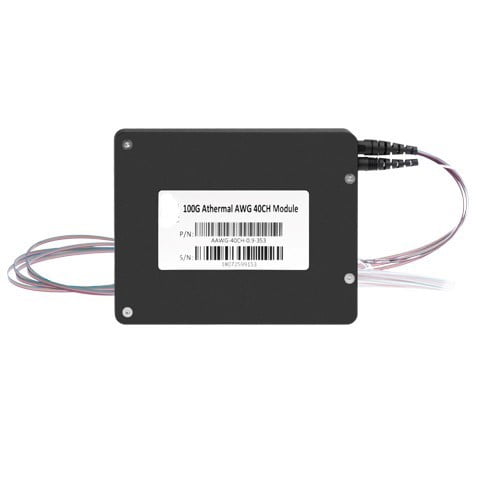DWDM/Dense Wavelength Division Multiplexing
What Is DWDM Dense Wavelength Division Multiplexing?
Unlike CWDM, DWDM (Dense Wavelength Division Multiplexing) connections can be amplified and can, therefore, be used for transmitting data much longer distances.
As the demand for Dark Fibre and capacity has increased, Dense Wavelength Division Multiplexing (DWDM) has been an important component. This involves multiplexing of multiple virtual fibres – that is, the splitting out the colours of the infrared spectrum using laser transmitters tuned to each colour wavelength – meaning more data can be sent via a single fibre at the same time thus increasing bandwidth.
CWDM supports up to 18 wavelength channels transmitted through a fiber at the same time. To achieve this, the different wavelengths of each channel are 20nm apart. DWDM, supports up to 80 simultaneous wavelength channels, with each of the channels only 0.8nm apart. CWDM technology offers a convenient and cost-efficient solution for shorter distances of up to 70 kilometers. For distances between 40 and 70 kilometers, CWDM tends to be limited to supporting eight channels.


